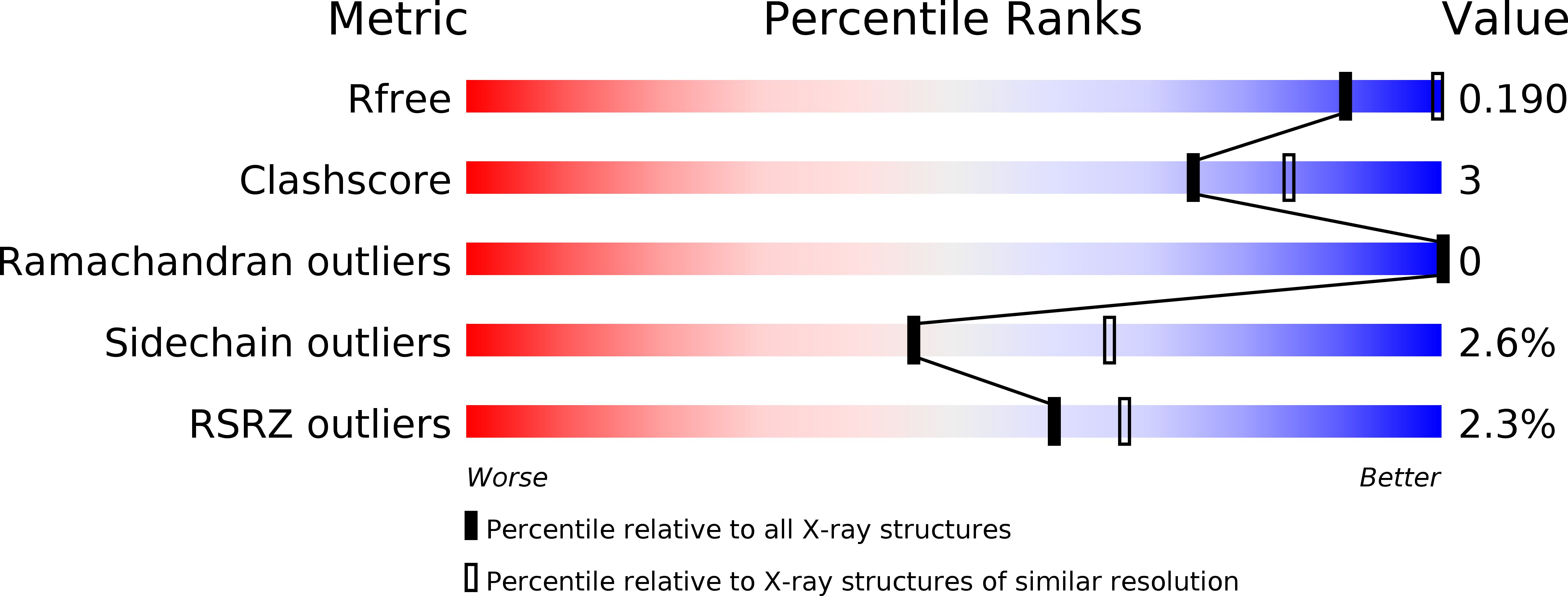
Deposition Date
2008-06-12
Release Date
2008-08-26
Last Version Date
2023-12-13
Method Details:
Experimental Method:
Resolution:
2.75 Å
R-Value Free:
0.19
R-Value Work:
0.18
R-Value Observed:
0.18
Space Group:
H 3


